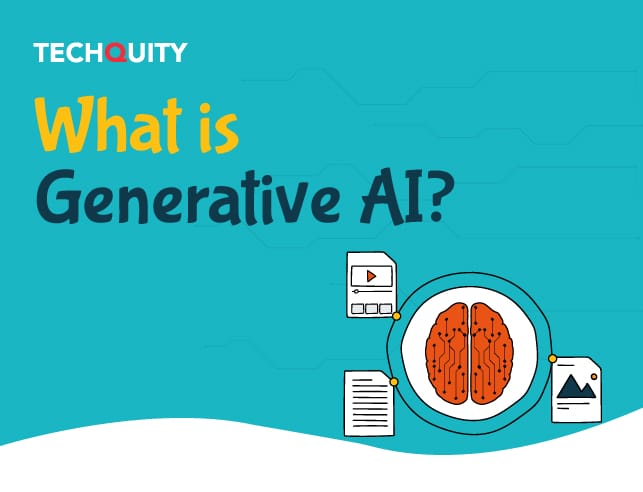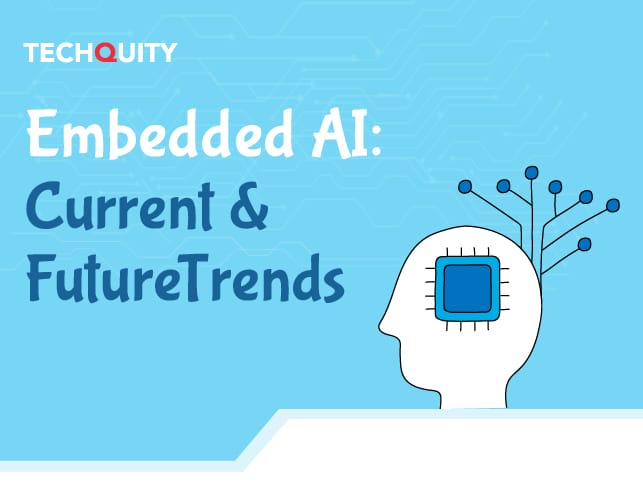Generative AI refers to a class of artificial intelligence that uses machine learning algorithms to autonomously generate new, original data that resembles the input it’s been trained on. This technology enables AI to emulate human creativity, producing content such as images, music, and text that can be hard to distinguish from content created by humans.
Evolution of Generative AI
The evolution of Generative AI has been marked by several key developments, each building on the last to create more advanced and capable systems:
Restricted Boltzmann Machine (RBM)
RBMs were among the first algorithms that could learn to recognize patterns in data. This capability laid the groundwork for more complex generative models by showing that machines could discern and model complex, high-dimensional data distributions.
Variational Autoencoders (VAEs)
Building on the pattern recognition capabilities of RBMs, VAEs were developed to generate high-quality images. These neural networks learn to encode data to a lower-dimensional space and then decode it back to the original space, generating new data points with variations.
Generative Adversarial Networks (GANs)
GANs marked a significant leap in the quality of outputs that Generative AI could produce. They consist of two neural networks—the generator and the discriminator—engaged in a continuous feedback loop, with the generator creating data and the discriminator evaluating it. This adversarial process results in highly realistic synthetic data.
Transformer Models
Transformers have revolutionized text generation. Models like BERT and GPT have exhibited unprecedented text generation abilities, producing coherent and contextually relevant text. These models use attention mechanisms to process input data in parallel, allowing them to handle large contexts and generate high-quality text outputs.
How Generative AI Works
At its core, Generative AI operates through a feedback loop:
- The Artist (Generator): This component of the AI creates new content, drawing on learned data patterns.
- The Critic (Discriminator): This component assesses the generated content against real data, providing feedback on its authenticity.
- Feedback Loop: The continuous interaction between the generator and discriminator fosters an environment of improvement, where the generator learns from each critique to produce more convincing outputs.
Key Developments in Generative AI
There have been several groundbreaking developments in the field of Generative AI:
- DeepArt: Utilizes AI to recreate images in the style of renowned painters, merging art with technology.
- GPT-3: One of the most advanced language processing AI models, capable of generating human-like text, from articles to poetry.
- AlphaFold: Has provided breakthrough insights into protein folding, which has vast implications for biological sciences and drug development.
- DALL-E: A program that generates images from textual descriptions, demonstrating the creative potential of AI.
Future Applications of Generative AI
The potential applications for Generative AI are expansive and diverse:
- Personalized Content: Tailored book creation and personalized media content could revolutionize education and entertainment.
- Gaming: Unique game levels and AI-generated narratives could create infinitely replayable and customizable gaming experiences.
- Healthcare: Simulated patient data can aid research and training without compromising patient privacy.
- Climate Science: Improved weather pattern predictions through Generative AI can enhance our understanding and response to climate change.
Challenges and Ethical Considerations
As with any powerful technology, Generative AI comes with its own set of challenges:
- Ethical Concerns: Issues like ownership of AI-generated content and the potential for generating misleading or harmful content, such as deepfakes, need to be addressed.
- Regulation: There is a need for legal frameworks to manage the use and impacts of Generative AI.
- Bias and Fairness: Ensuring that Generative AI systems do not perpetuate or exacerbate biases present in training data.
Conclusion
Generative AI is a rapidly advancing field with the potential to reshape industries and create new forms of expression. As we continue to explore its capabilities, it is essential to do so with a conscious understanding of the ethical landscape and a commitment to using the technology for the benefit of society.




